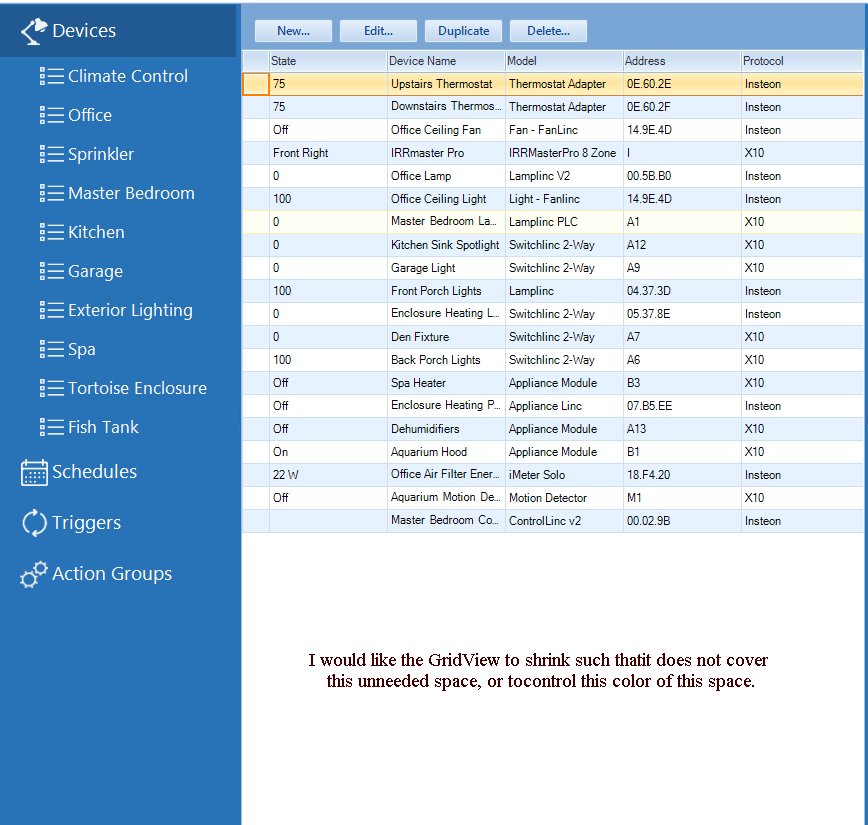
Another typical area for change management in the way it is treated here, is the domain. Take for instance the design and production of a. If for example the vehicle’s air bags are found to automatically fill with air after driving long distances, this will without a doubt lead to customer complaints (or hopefully problem reports during the testing phase). In turn, these produce a change request (see Figure 2 on the right), which will probably justify a change. Nevertheless, a – most likely simplistic – cost and benefit analysis has to be done, after which the change request can be approved.
Software Engineering Overview. Continuing change - An E-type software system must continue to. As the size of software become large engineering has to step to. Read more about our SEER for Software Tool – Estimating Software Projects If the estimate is unrealistically low, the project will be understaffed from its. Fuzzy logic sizing Function Point sizing Standar component sizing Change Sizing Fuzzy logic sizing. Transparency Masters for Software Engineering: A.
Following an analysis of the impact on the car design and production schedules, the planning for the implementation of the change can be created. According to this planning, the change can actually be realized, after which the new version of the car is hopefully thoroughly tested before it is released to the public.
In industrial plants [ ] Since complex processes can be very sensitive to even small changes, proper management of change to industrial facilities and processes is recognized as critical to safety. In the US, has regulations that govern how changes are to be made and documented. The main requirement is that a thorough review of a proposed change be performed by a multi-disciplinary team to ensure that as many possible viewpoints are used to minimize the chances of missing a hazard. In this context, change management is known as Management of Change, or MOC. Bontempi Pm 64 Manual Lawn. It is just one of many components of, section 1910.119(l).1 See also [ ] • • •,, • • • • • • • • References [ ].
Designing your engineering change process and change forms PDXpert PLM software supports a virtually unlimited selection of change forms to meet almost any requirement. So, whether you only need a single form to release and cancel item revisions, or a complex array to propose changes, provide for design deviations and production waivers, and temporarily suspend shipments, PDXpert software has your product data management needs covered. In this topic, we describe many engineering change forms and a comprehensive change workflow, but emphasize that a simple system is almost always more efficient and less expensive. Most product companies begin with a manual paper-based engineering change process. In these configuration management (i.e., 'document control') systems, change forms are documents that describe the change, list the items that are affected by the change, and provide for authorized people to approve the change.
In a PLM software system, these functions are still important. In addition, the automated system will actually release or cancel items as directed by the change's contents and perform cost estimates. The PLM software also provides convenient real-time links to the affected items, their parent assemblies, and attached electronic data files such as CAD drawings, specifications and budget worksheets. Engineering change process overview The purpose of any change control process is to manage the evolution of a product from the current approved configuration to a new approved configuration.
And, by definition, an 'approved configuration' includes all of the product data necessary to reliably create the product. The Institute of Configuration Management defines its change process (CMII 1) as a means to • accommodate change • accommodate the reuse of standards and best practices • ensure that all requirements (all released information) remain clear, concise and valid • communicate (1), (2) and (3) to each user promptly and precisely • ensure that results conform to the requirements in each case.
Engineering change process forms A change form describes an intended or actual action affecting a product's documentation and/or parts. You can specify related information, such as • Whether a change affects the actual release or cancellation of an item • The disposition of the affected items • Who will be reviewing and approving the change, and who will be notified after the change has been approved • A cross-reference to preceding or related changes • Electronic file attachments that describe rework instructions, cost impact or other information necessary to ensure that the change is adequately reviewed and implemented. Implementing and non-implementing changes An implementing change form (sometimes called a 'permanent change' form) is the vehicle for executing the release and/or cancellation of a set of affected items.